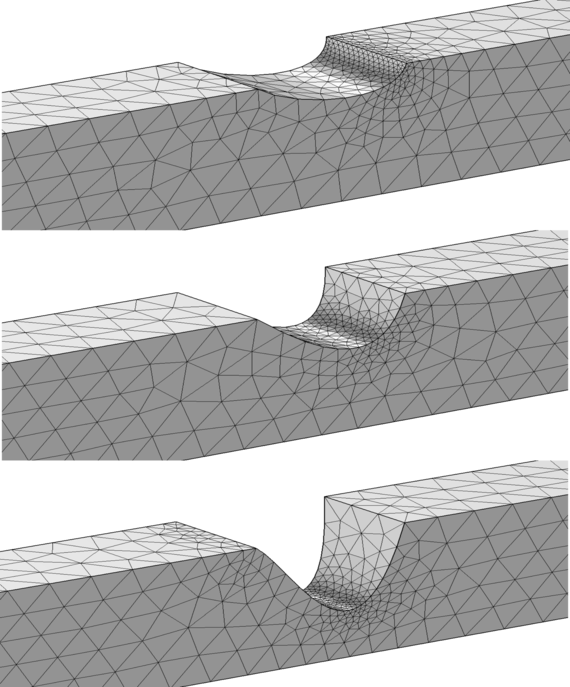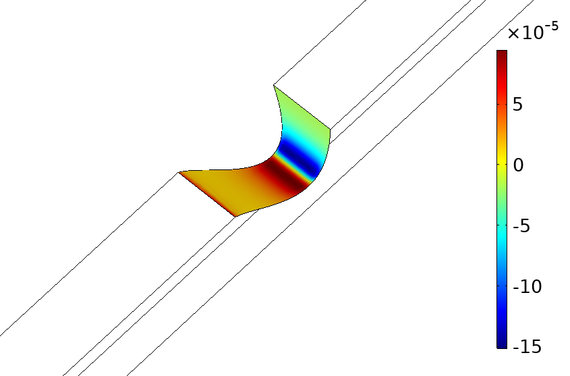 |
|
||||
BiographyHajdin Ceric was born in Sarajevo, Bosnia and Herzegovina, in 1970. He studied electrical engineering at the Electrotechnical Faculty of the University of Sarajevo and the Technische Universität Wien, where he received the degree of Diplomingenieur in 2000. In 2005 he received his PhD in technical sciences and in 2015 his venia docendi in microelectronics from the Technische Universität Wien. In 2010 he was appointed the head of the Christian Doppler Laboratory for Reliability Issues in Microelectronics. He is currently an Associate Professor at the Institute for Microelectronics. His research interests include modeling and simulation of reliability issues in interconnects for ultra large-scale integration. |
|||||
Bezier Models for Electromigration-Induced Voids
An electromigration-induced void nucleates when the critical stress-threshold is attained at some weak-adhesion point at the interconnect interfaces but also at the sites of strong vacancy flux divergences inside the interconnect. The increase of the metal resistance due to migration and growth of intrinsic voids leads to interconnect failure. The physics of atomic migration along the void-metal interface is well investigated and elaborated in numerous publications. Generally speaking, the velocity of a particular part of the void surface depends on the divergence of the atomic flux along the void surface, which is driven by electromigration (proportional to the tangential component of electric field), temperature gradients, stress gradients and gradients of the product of surface energy and curvature. The real problem with the simulation of void evolution lies in the mathematical modeling of the evolving void surface. The dynamics of the evolving void surface determine the duration, the failure development and the behavior of the resistance of the interconnect until it completely fails.
Initial numerical efforts in simulating such structures utilized simple geometrical shapes for the voids, but since then, mathematically and computationally more demanding models based on the explicit FEM tracking of the void surface and on the level-set and phase field models have been introduced. More recent developments also include the successful application of cellular automata algorithms.
In our work, we describe void surface geometry by means of Bezier curves. The flexibility of analytical formulations of Bezier curves enables realistic reproduction (Fig. 1) of three-dimensional void shapes and its implementation in FEM tools. Moreover, the analytical description itself is utilized to accurately calculate the divergence of the void surface curvature and local current density and thereby to determine the normal velocity of the evolving void surface. The lifetime of an interconnect is estimated on the basis of the normal velocity (Fig. 2) for each intermediate void shape.

Fig. 1: Three growth phases of a Bezier void.

Fig. 2: The normal velocity (nm/h) of an evolving void surface.


